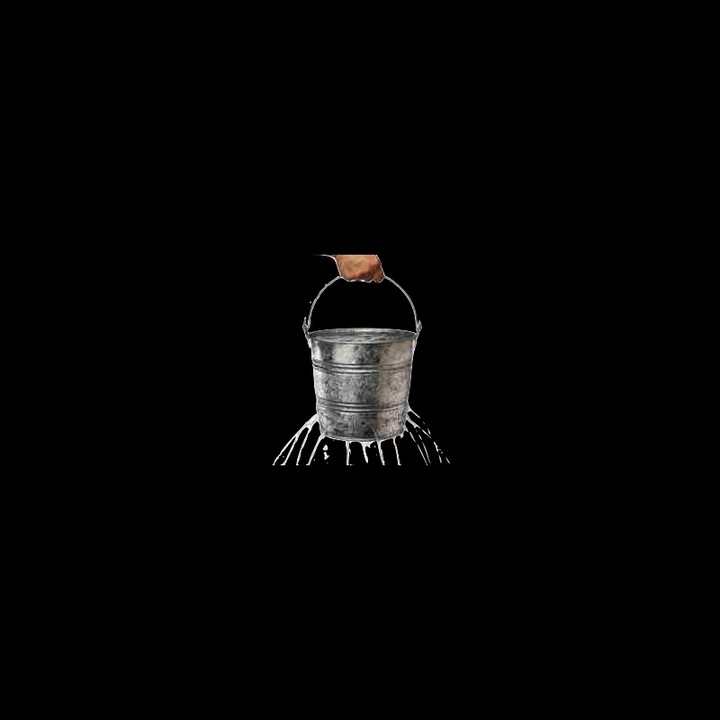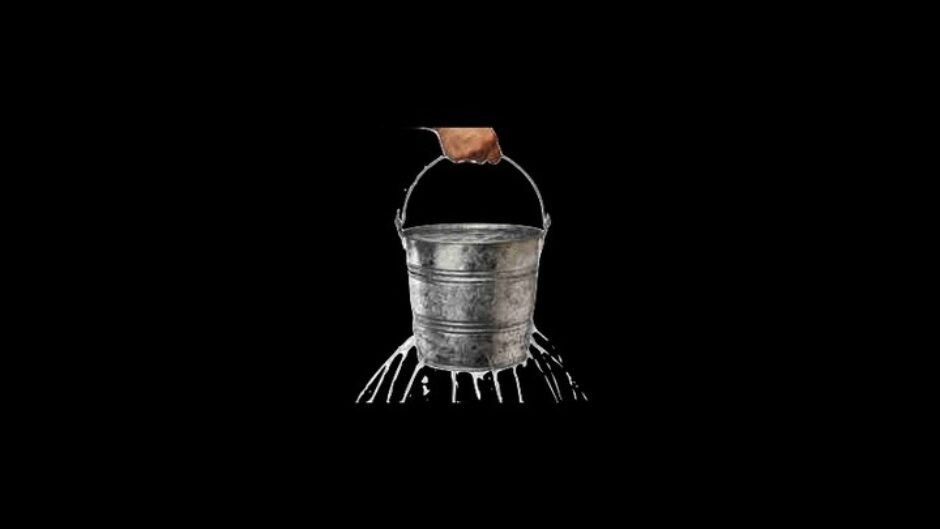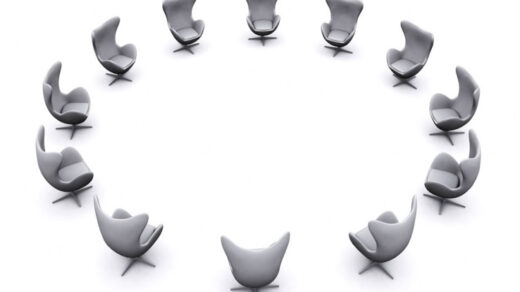
There is a great adage out there that it is better/more economical to retain a customer/donor than it is to acquire a new one. That is totally true. So often, we speak of how many new donors we have gained or added to our database. We tend to gloss over the donors that are leaving our charity (for a variety of different reasons).
I often refer to this as “churn”. Sometimes, we are net positive (acquiring more donors than losing), but more often than not, organizations are left with a donor deficit. This, of course, is unsustainable. The 2015 Fundraising Effectiveness Project (sponsored by AFP) and the Urban Institute found that for every 100 new donors charities gained, they lost 103 existing donors. As Tom Ahern puts it “If you were running a race with those numbers, you’d be running backwards”.
So in order for the churn to be net positive, at least one of two things must happen — either you acquire a whack of new donors annually or you beef up your stewardship to keep the existing donors connected to your cause. The Fundraising Effectiveness Project also found that only 19% of first-time donors were retained in 2014, down from 23% the year before.
So, how are you acquiring donors in the first place? Events are a great entry point to your charity, but often they are more about the fundraiser than the charity itself. (How many of us sponsor a friend for an event-a-thon and later cannot even remember what cause that the event-a-thon was for?) When the friend is no longer associated with that charity, it is unlikely that the donor to the event-a-thon will support that charity on their own initiative.
Membership lists/patient lists/alumni lists, etc. are a much better pool to go searching for donors. In essence, they are a warm lead (as opposed to a cold lead). The former patients/alumni/etc. presumably already have some connection with the charity and it is the fundraiser’s task to inspire that prospect to invest in your charity (I call this ‘capitalizing on commitment’.). People also talk about that holy grail called the internet to look for donors. In the charities I have been associated with, I can honestly say that the fundraising from websites is up, but it is just another modality for how people like to give. (Perhaps it is a donor who makes his/her gift online prior to the charity reaching out to them — it’s typically the same amount of money, but now has the comfort of being transacted by the donor at any time.) Other than for events, I surmise that the web is a modality (like VISA or AmEx) and that you are not really acquiring new donors, you are just meeting the donors where they like to donate.
I think a much better strategy would be to focus on how to keep the donors you have. I remember having a discussion with a colleague in a former life who always said that we needed to have more donors in our database. I respectfully disagreed. I believed that a better use of time would be to engage the donors that were currently on roll and strategically engage them. How many of our colleagues focus on stewardship versus acquisition? Stewardship is a tough road to go down, and the results aren’t always immediately obvious. That being said, however, it is the best way to go. I am not saying that your stewardship should be the same process for all of your donors (segmentation is key) but all donors could use a little more thanks — I have never come across a donor that said: “You know, I’ve been thanked way too much.”
Food (or drink) for thought.
L’chaim
jack




